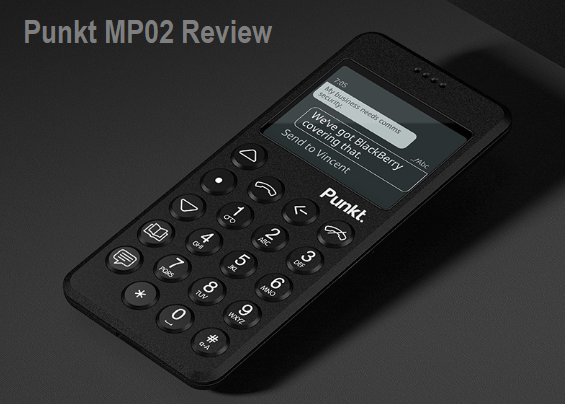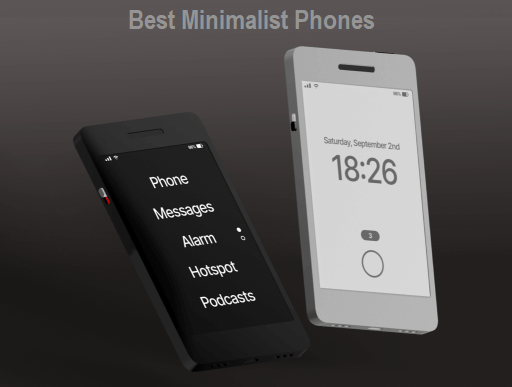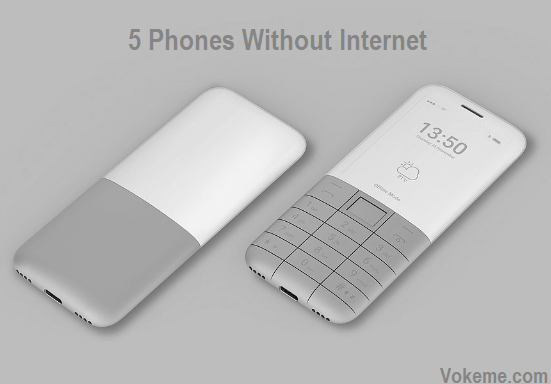Latest Updates
Reviews
OnePlus 12R Review: A Budget Flagship of 2024
The OnePlus 12R is a cheaper alternative that shares some of the visual cues of its pricier sibling, along with ...
Yasi
April 23, 2024
Reviews
Punkt MP02 Review: Most Balanced Minimalist Mobile Phone
Punkt MP02 is a dumb phone designed for people who want a minimalist and efficient mobile experience. It’s a simple ...
Yasi
April 22, 2024
Top 10 Smartphones
What Are the Best Minimalist Phones in 2024?
Minimal phones are known for non-distracting phones/smartphones, and they want to help users get their lives back. A minimalist telephone ...
Yasi
April 20, 2024
Reviews
Boox Palma E-ink Android Phone Review: Best E-Reader Device of 2024
The pocket-friendly Onyx Boox Palma e-reader takes its design cues more from smartphones than books. We love the vivid E ...
Yasi
April 17, 2024
Top 10
Top Best Dumb Phones of 2024
Choosing the best dumb phone is easy because you’re likely not looking for many features. You have to be realistic ...
Yasi
April 6, 2024
Top 10 Smartphones
5 Best Phones Without Internet: Minimal and Dumb Phones
A cell phone without Internet access is the most economical option. Various smartphones are available on the market with valuable ...
Yasi
March 20, 2024
Stay Connected
Vokeme
2K+ Followers
Vokeme
1k+ Followers
TechWire
1k+ Subscribers
Top Best Accessories
Best Otterbox Cases for iPhone 11, 11 Pro, and 11 Pro Max
Top 10 Smartphones





